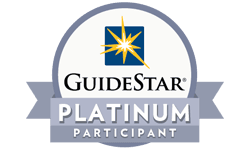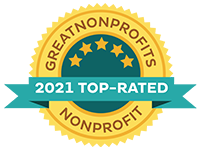Multimedia’s Impact on Literacy
There are currently over nineteen varieties of multimedia available. The most common ones are: Facebook with 1.86 billion users, Twitter with 319 million users, blogs with 28.3 million users, Snapchat with 158 million users daily, Instagram with 400 million users daily and YouTube with 6 billion hours viewed per month.[1] The latest literacy statistics for the United States report 14% of 32 million adults can’t read, 21% read below the fifth grade level and 19% of High School Graduates can’t read at all.[2]
As we walk the street, visit a gym, sit in a restaurant, attend a sporting event or drive a car, the most common thing we see are young children, teens, and adults focused on their phones, games or tablets. Just a sampling of the multimedia available to them are: blogs, personal websites, and journals. These take time to write on a daily basis and take time to develop a readership. In addition to online media, the average American spends 2.8 hours daily watching Television,[3] but only 19 minutes reading.[4]
Facebook provides comments, pictures, and videos online, with Americans spending an average of 50 minutes of their day engaging in this material. Twitter sends short burst of 140 characters per message; an ongoing process between individuals. This is also true for sharing pictures and videos on Instagram. YouTube can be watched and/or produced. Snapchat is for sending short messages, photos and videos. Beyond these six platforms, there are 13 other social media apps available.
Media communication will not disappear. If anything, it will continue to grow both nationally and internationally. What then are the possible alternatives to an attention deficit world? One answer is replication of programs such as NHEG in other states. Another is a serious nationwide attempt to improve the quality of public schools that are overly focused on test scores. The available expertise of professional teaching and administrative staffs within the schools has been neglected to the detriment of the essential education of the students.
On a Community basis, ongoing programs must be developed and information distributed to help parents understand that children need to be introduced to reading and books at an early age, as well as constant reaffirmation of the value of reading and writing to ensure success in the adult world.
Reading for pleasure and for learning is a lifelong affair which has to be started in its earliest stages and consistently pursued.
[1] Pew internet.org
[2] U.S. Dept. of Education and National Institute of Literacy
[3] Washington Post 6/28/16










